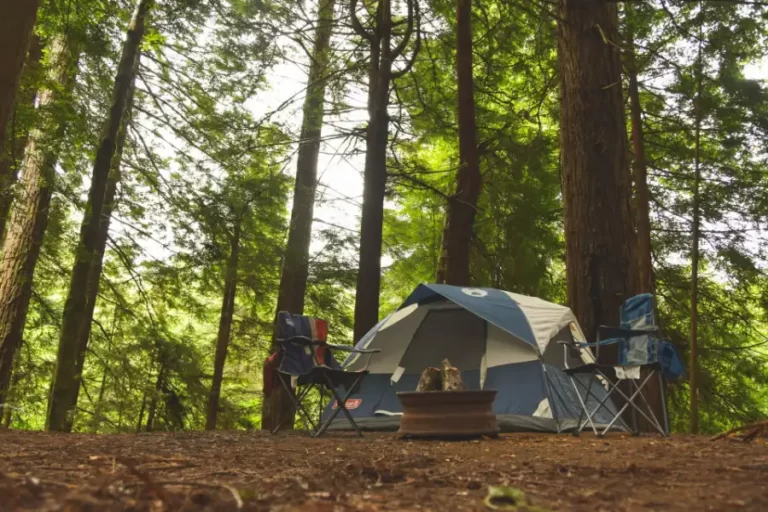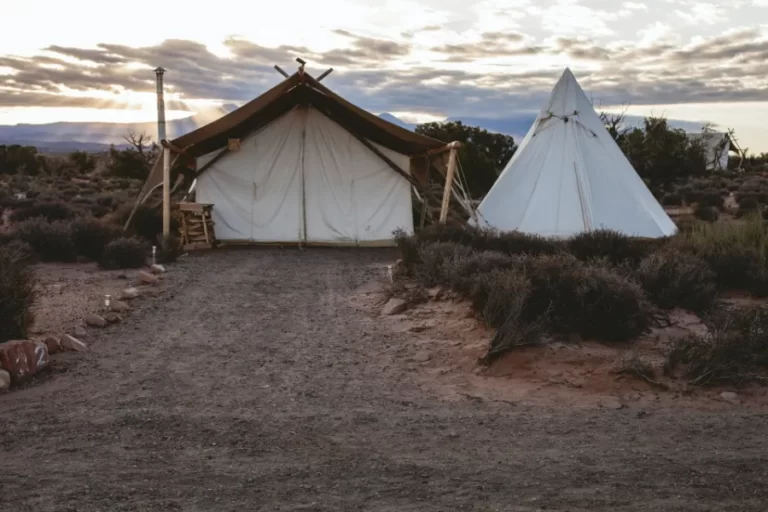What Size Inverter Do I Need For My Camper?

Last updated on November 27th, 2023 at 11:14 am
Going off-grid needs proper prior preparation. More often than not, there is usually no power supply. Therefore, we need fully charged and rechargeable batteries for such trips.
There are various factors that determine the size of the inverter you need for your camper. For instance, the number of appliances you need to power and their power requirements, your battery type, and battery bank capacity. With that, you need to carry out calculations to estimate the most probable value of inverter capacity you need.
This article helps you understand the right size of inverter you need for your camper by making the necessary calculations to estimate your power needs.
What Size of Inverter Do I Need for My Camper?

Having a source of off-grid power is an excellent way to ensure you have freedom when outdoors besides keeping you comfortable when off the grid. However, for the proper working of the entire system, you need to have the correct inverter. With that said, knowing the right size of inverter you need for your camper or RV is a critical step.
There are different sizes of inverters with different abilities in the market. Hence, you will have to consider some factors to choose the right one for your needs. You need to answer the questions below to get to a more feasible solution.
What Are You Trying to Power?
Before your camping trip, you need to outline some of the devices and appliances you may have running simultaneously in your camper. They determine the size of the inverter you will need in the long run.
Once you have summed them all up, add 20% to the total power. This value gives the minimum size of inverter you will require outdoors. Also, note that inverters have surge capacities.
What Is Your Biggest Power Draw?
As earlier mentioned, not all your appliances have to run off your inverter. However, it is still advisable to know which appliances draw the largest loads and how often the appliance in question will be running.
For instance, with a 2000-watt inverter, you might not be able to use other appliances at the same time as the microwave. If this is not an option for you, you can consider a larger-sized inverter and oversize it so you can have the capacity you are looking for.
What Are Your Battery Type and Bank Capacity?
Getting an inverter that matches your battery type and capacity is an excellent idea. If the inverter is too big for the battery’s bank, it is likely to drain it quickly. Also, the overall battery performance will be affected.
When operating lithium batteries, the general recommendation is that you have a minimum of 100Ah battery for every 100 watts of inverter capacity.
The type of battery you are using is equally as important in determining inverter size. For one, when large loads are applied to lead-acid batteries, they tend to produce a high Peukert exponent that makes them lose significant capacity.
With this in mind, using a larger inverter on a lead-acid battery will require you to have an oversized system that will help reduce the effect.
How Do I Calculate What Size Inverter I Need?
Calculating the size of the inverter, you need can be done by listing the electronics and summing up the watts they require. Ensure that you consider the running watts as well as the surge requirements.
Once the total watts that your appliances use up, add 20% to the value. For instance, if running your computer and microwave simultaneously requires 1500 watts, add 300 (20% of 1500) to 1500.
This gives you 1800 watts. Therefore, on average, the right inverter size for you is 2000 watts. Most RVs use inverters between 2000 and 3000 watts.
Can You Use an Inverter with a Caravan Battery?
Inverters are often used on caravans and motorhomes when going off the grid. They are usually connected to a 12v DC supply and connected to a 230V AC output. Inverters are handy in allowing appliances to run from the leisure batteries or the caravan’s 12V supply. Therefore, inverters can be used with caravan batteries to provide the power you need.
How Can You Estimate the Power Needs of Your Camper?
Most inverters used for camping range between 1000 and 5000 watts. You are probably going to need one with a size somewhere in the middle. Estimating the power needs of your RV can be determined by carrying out some calculations.
What Does an Inverter Do for Camping?
To explain the role of inverters on a camping trip, it is important to first understand the different power needs of your camper. Several devices run on AC power at either 120 or 230 volts, similar to the appliances at home.
AC describes the type of electricity that is delivered from the mainstream electrical grid and can be translated as the power the RV receives when plugged into shore power. Hence, an inverter is not necessary when connected to the grid.
When it comes to batteries, they run at 12 volts of DC power. This electricity powers the lighting and other appliances in the RV so they keep operating even when unplugged. However, this cannot be used on higher-power appliances.
Therefore, if you need to power some appliances such as microwaves, laptops, and coffee makers, the power should be converted from DC to AC. This is made possible by an inverter.
Also Read: What Does DSI FLT Mean On My Camper?
Are Inverters Good for Camping?
Many a time, when outdoors, you might want to use some simple devices. And sometimes the appliances do not use up enough power to warrant an elaborate solar panel or battery bank setup.
Most campers go off the grid with a small camper or RV and you still need to use your coffee machine, hair dryers, and hair dryers. A simple power inverter will do the trick.
They are handy companions for camping trips as they give you the freedom to use these appliances. Ensure you find the appropriate size for your needs.
How Do I Build a Portable Power Supply for Camping?
To build your own portable power supply for camping, you will need a 12v deep cycle battery and a box to house it. This makes it possible to harness the battery power for charging cell phones and other smaller electronics.
Another thing is to set up your inverter which is to be plugged onto the 12v outlet. Moreover, recharging of the battery can be done using a 3 amp, 12v battery charger or on the go by plugging the inverter into the cigarette lighter on your car so the battery charger can be used to power the power station as you drive.
Can an Inverter Run a Camper?
Some inverters can power the whole RV if you have a great battery and epic solar setup. And if that is the case, you are advised to use a hybrid inverter charger. These work to convert DC to AC power from the solar panels as well as to charge the batteries.
They can also mix power from a generator or shore supply and batteries allowing you to operate your small generator without overloading it.
FAQs
Conclusion
Inverters are very useful on camping trips. They help provide power to some of the appliances we would like to use while out camping. The first step is choosing the right inverter for your needs.
You Can Also Read:
- How To Use A Marine Battery For Camping
- Where to Store Small Coleman Propane Tanks at Home
- Is It Illegal to Have a Propane Tank Indoors
- Best 12V Portable Camping Fridge - August 13, 2024
- How to Insulate Slides on an RV - February 8, 2024
- How Much Water Does an RV Use Per Day? Understanding Your Daily Consumption - February 8, 2024






